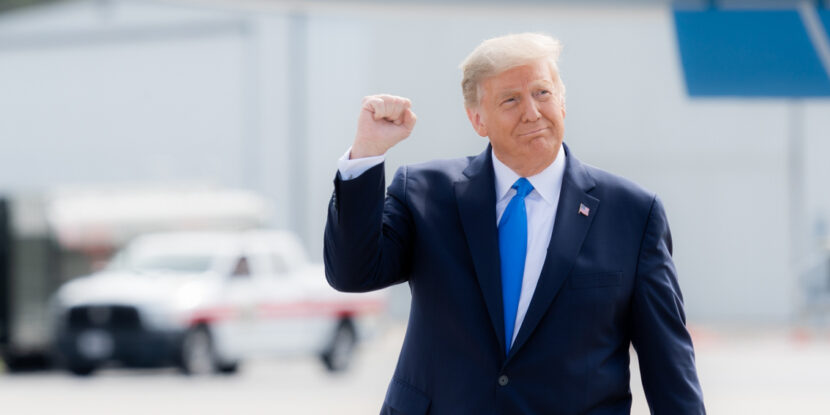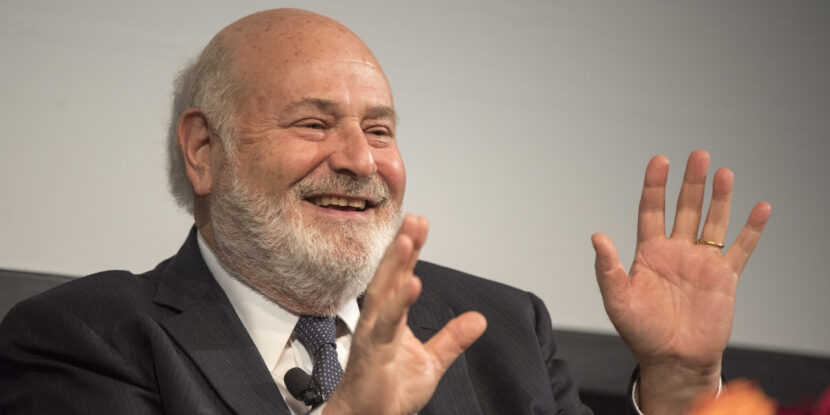The federal government’s budget deficit isn’t the only fiscal crisis President Donald J. Trump has begun to aggressively tackle in his first few weeks in the White House. Trump is also taking initial steps to end the United States’s long-standing international trade imbalance—an economic problem at the very core of the America First agenda. The recent moves to impose tariffs on China—and potentially Canada and Mexico—are giving some insight into how Trump intends to solve the trade dilemma.
In 2024, under former President Joe Biden’s Democrat-controlled White House, the United States trade deficit surged to almost $1.2 trillion—the highest on record. The trade deficit is the gap between what the United States sells in the form of exports and buys in the form of imports. While global consumerism is a powerful tool for the U.S. federal government to wield, the continued widening gap between American exports and imports suggests significant economic vulnerabilities.
Throughout the 2024 campaign and in the initial days in power, Trump has begun to roll out an aggressive plan to end the trade deficit and imbalances through tariffs, tax incentives, and slashing regulation to drive the restoration of jobs—especially in the manufacturing sector. Trump correctly points to the trade deficit as being indicative of greater problems in the American economy, stemming from a lack of action against currency manipulators, the overregulation of American businesses, and outdated trade agreements.
China—along with several other Asian nations—and the European Union (EU) are some of the primary drivers of the American trade deficit. In the case of China, the country’s communist regime uses a variety of tools, including currency manipulation, wage suppression, and heavy state subsidies, to attract foreign manufacturing and other production. This strategy has catapulted China to the top of the world’s exporter list. Meanwhile, the Chinese Communist Party (CCP) has been careful to keep foreign imports low, tilting global trade markets heavily in their favor.
Meanwhile, the EU—which also holds the advantage in a trade imbalance with the United States—maintains its advantage through high tariffs on American goods like steel and automobiles. Within the EU, Germany is one of the biggest drivers of the trade imbalance and a beneficiary of an outdated agreement with the United States, made in the aftermath of World War II, which allows them to tariff our steel and auto exports.




















